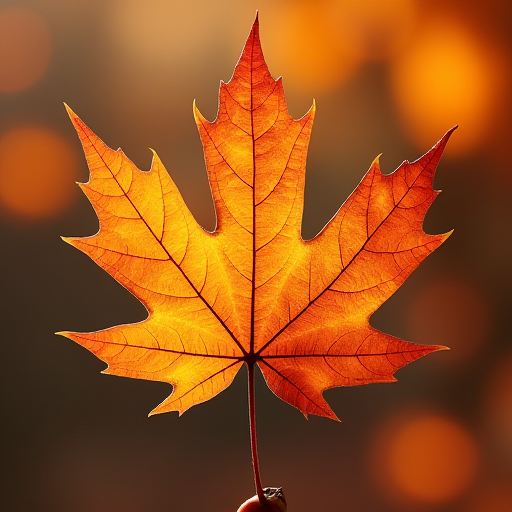
Why Do Leaves Change Color in Autumn?
As the air turns crisp and the days grow shorter, one of nature's most breathtaking transformations occurs: the changing colors of leaves in autumn. This annual spectacle, celebrated in many cultures and drawing tourists to forests and parks worldwide, is a result of complex biological processes involving pigments and environmental cues. But why exactly do leaves change color in autumn? Let’s explore the science behind this vibrant phenomenon.
The Science of Leaf Pigmentation
Chlorophyll: The Green Pigment
During the growing season, leaves are primarily green due to the presence of chlorophyll, the pigment responsible for capturing sunlight to conduct photosynthesis. This process allows plants to convert light energy into chemical energy, using carbon dioxide and water to produce glucose, a sugar that feeds the plant. Chlorophyll is constantly being produced and broken down during the warmer months, ensuring that the leaves remain green.
Carotenoids: The Yellow and Orange Pigments
Carotenoids are another type of pigment present in leaves throughout the year. These pigments reflect yellow, orange, and brown hues and are responsible for the colors seen in carrots, corn, and bananas. During the spring and summer, the vivid green of chlorophyll masks these carotenoid pigments.
Anthocyanins: The Red and Purple Pigments
Unlike chlorophyll and carotenoids, anthocyanins are not present in leaves throughout the growing season. Instead, they are produced in response to certain environmental conditions, such as bright light and excess plant sugars within leaf cells. Anthocyanins can appear red, purple, or blue depending on their pH, and contribute to the brilliant reds and purples seen in autumn foliage.
Environmental Triggers for Color Change
Decreasing Daylight
As autumn approaches, the days become shorter, and the amount of sunlight available for photosynthesis diminishes. This reduction in daylight signals trees to prepare for the coming winter. As a result, they begin to shut down their food-making processes and the production of chlorophyll slows and eventually stops. Without the constant replenishment of chlorophyll, the green fades, revealing the yellow and orange carotenoids already present in the leaves.
Falling Temperatures
Cooler temperatures can also enhance the breakdown of chlorophyll and increase the production of anthocyanins. Cold nights, especially those that do not dip below freezing, can lead to more vibrant red and purple hues. However, an early frost can damage leaves and mute the colors.
Dry Weather
A dry spell during the late summer and early fall can also affect autumn leaf colors. Drought can lead to premature leaf drop, but moderate water stress can concentrate sugar levels in the leaves, enhancing anthocyanin production.
The Role of Leaf Abscission
As part of the preparation for winter, deciduous trees undergo a process called abscission, where they form a special layer of cells at the base of each leaf stem. This layer gradually cuts off the flow of nutrients and water to the leaf, eventually causing it to detach and fall. This process conserves water and energy for the tree during the winter when photosynthesis is not possible.
Why Do Trees Shed Their Leaves?
Deciduous trees lose their leaves in autumn as a survival strategy. Without leaves, trees are less susceptible to damage from snow and ice accumulation. Additionally, the loss of leaves reduces water loss through transpiration, helping the tree conserve moisture during the dry winter months.
Conclusion
The changing colors of leaves in autumn are a wondrous display of nature's adaptability and beauty. This phenomenon results from the intricate interplay between pigments, environmental conditions, and the physiological processes of trees. As the chlorophyll fades, it unveils a spectrum of colors that has captivated humans for centuries. So, the next time you witness the brilliant hues of fall foliage, you'll have a deeper understanding and appreciation for the scientific marvel that is autumn leaf color change.
